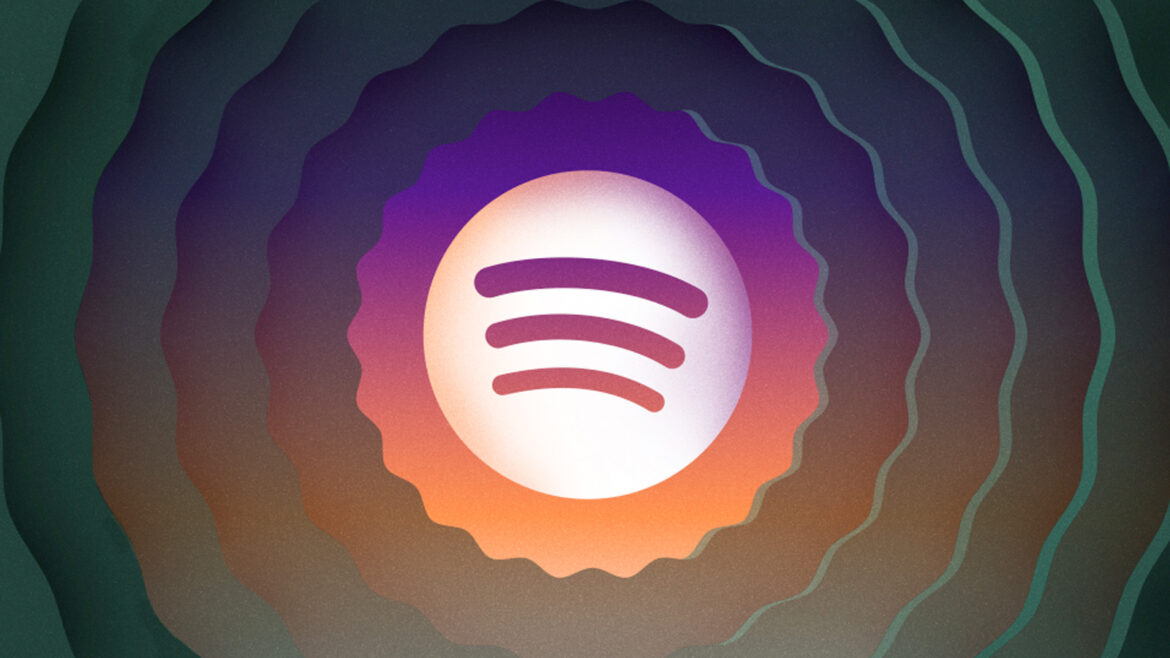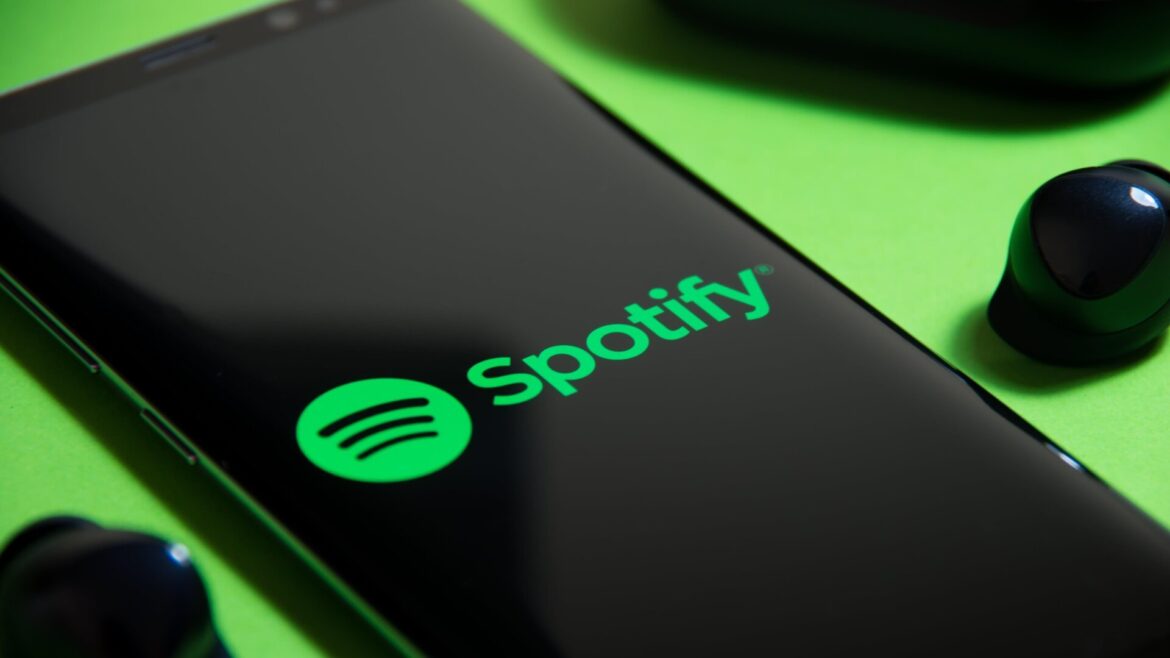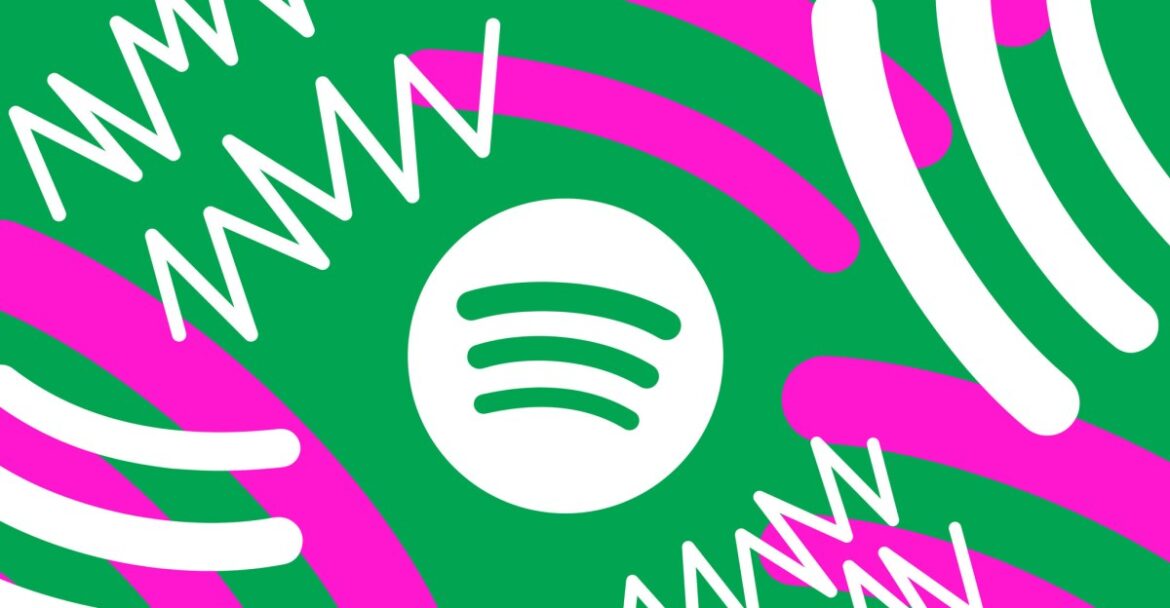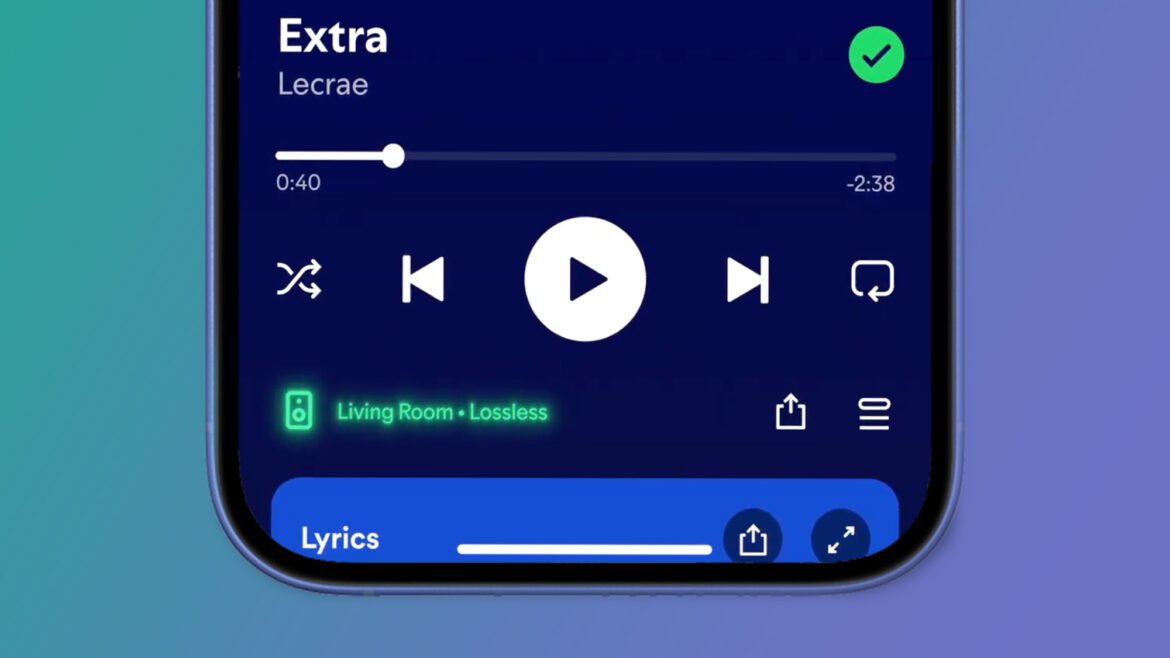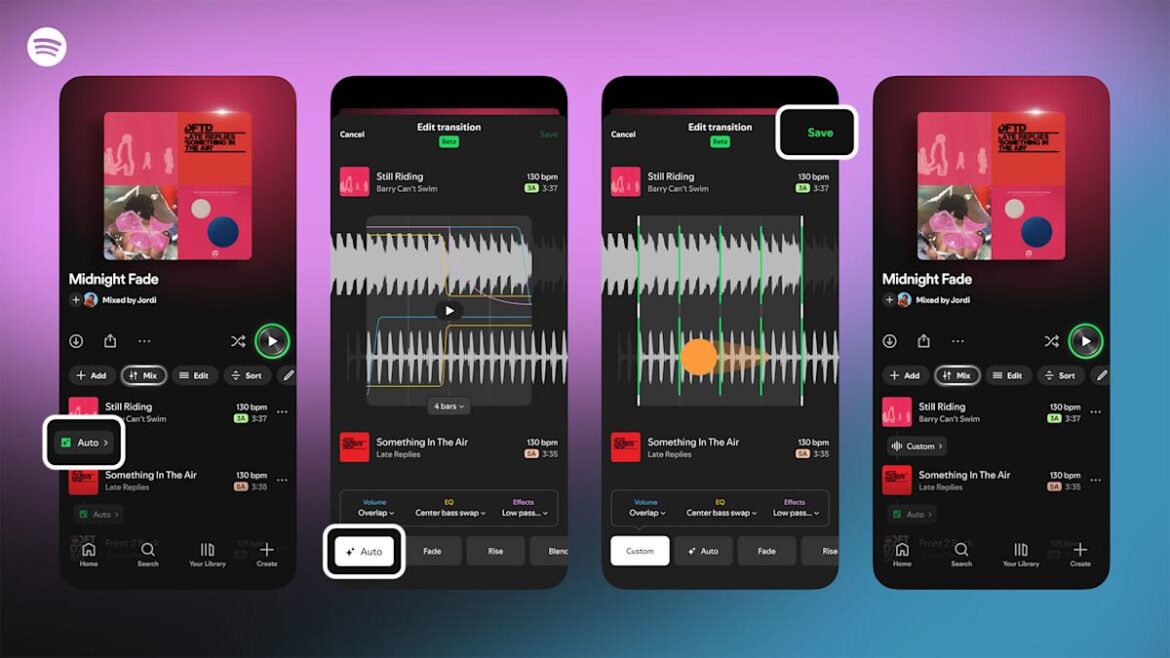Spotify has announced a sweeping crackdown on AI misuse and spam uploads, confirming it has already removed more than 75 million “spammy” songs in the past year.
The platform said this move is part of a broader effort to protect artists against impersonation, fraudulent uploads, and the spread of low-quality AI-generated tracks. Spotify also outlined new rules and tools designed to safeguard artist identity and improve transparency for listeners.
The changes come as generative AI continues to reshape the music industry, raising concerns over spam, deepfake vocals, and deceptive uploads.
Article continues after ad
Spotify
Spotify’s new rules & spam filter explained
Spotify has introduced a new policy specifically addressing AI voice clones and vocal deepfakes. Unauthorized impersonation of an artist’s voice will not be permitted unless it is officially licensed. The company is also expanding its measures to stop fraudulent uploads made to appear under another artist’s profile.
Back in July, it was reported that Spotify was publishing AI-generated songs of several different musicians who had died years before.
Article continues after ad
To combat mass uploads and track manipulation, Spotify will roll out a new spam detection system this fall. The filter will identify accounts engaging in tactics such as duplicates, artificially short tracks, and other spam strategies, then prevent those tracks from being recommended.
Article continues after ad
AI disclosures in credits
Spotify is supporting a new industry standard for AI disclosures in music credits. This will allow artists and labels to indicate how AI was used in the creation of a track, from vocals to instrumentation. The disclosures will be displayed across the app as they are provided by distributors and partners.
Instagram: The Velvet Sundown
Spotify said the updates are designed to ensure artists remain in control of how AI is used in their work, while maintaining trust for listeners as the technology becomes more widely adopted.
Article continues after ad
Back in June, Spotify listeners began to discover a new band by the name of The Velvet Sundown, and many quickly accused it of being entirely AI-generated.
Article continues after ad
The band responded on social media in an attempt to deny those accusations, but they later revealed they were, in fact, AI.

